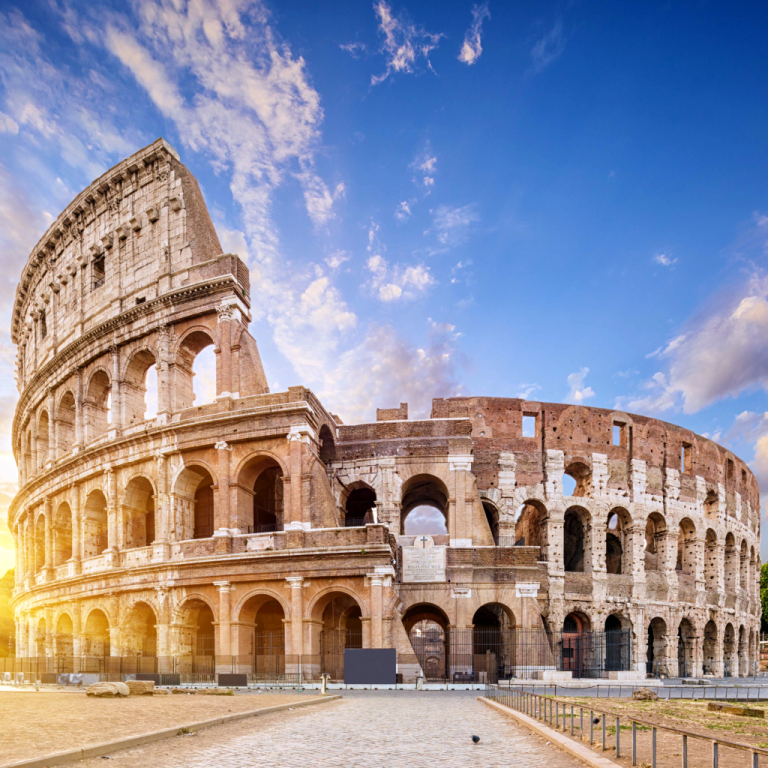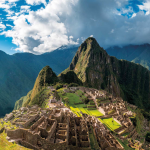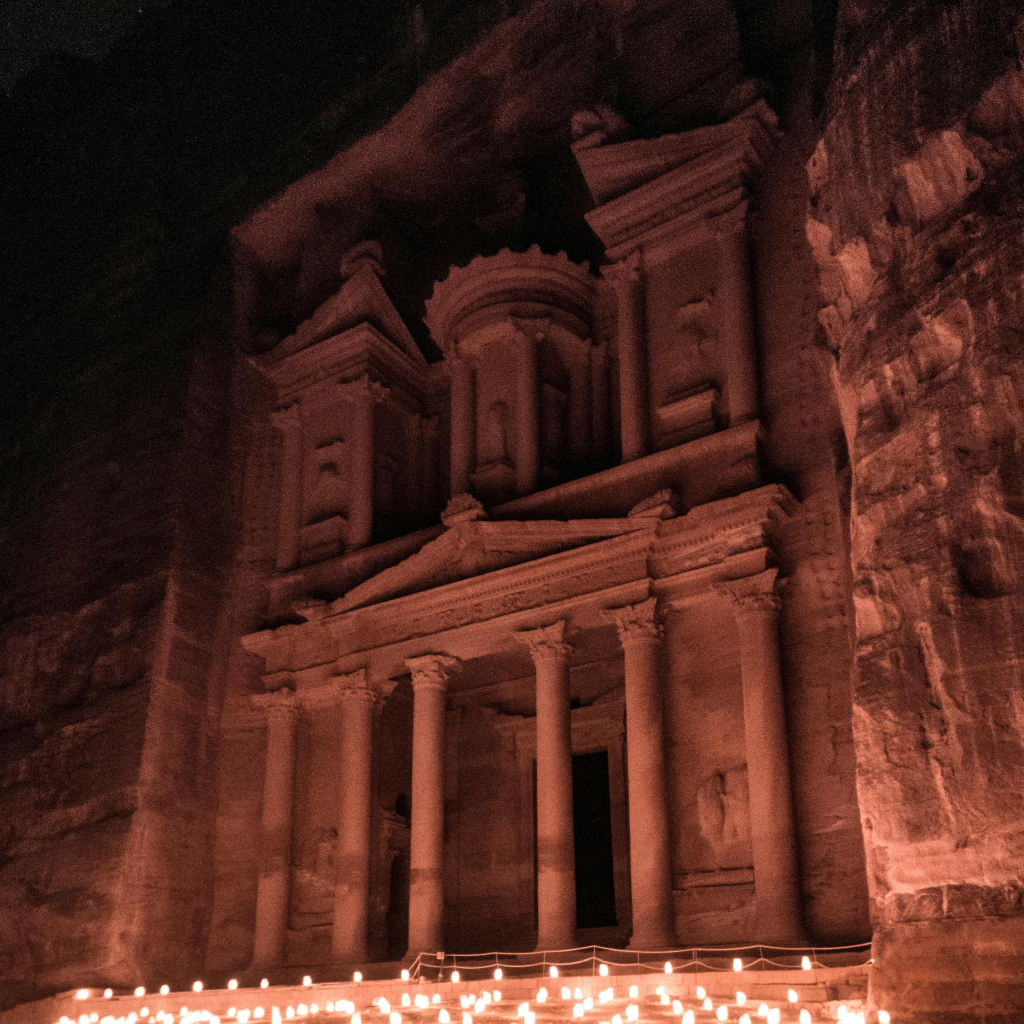When one thinks of Rome, images of historic grandeur, timeless art, and architectural wonders come to mind. Among these, the Colosseum stands as an iconic symbol of the Roman Empire’s might and ingenuity. This ancient amphitheater, with its rich history and awe-inspiring structure, continues to captivate millions of visitors each year. Let’s embark on a journey to explore the Colosseum, its history, architecture, and the fascinating tales it holds.
A Glimpse into History
Construction and Design
The Colosseum, also known as the Flavian Amphitheatre, was commissioned by Emperor Vespasian of the Flavian dynasty around AD 70-72 and completed in AD 80 under his successor and heir, Titus. It was built on the site of what was Nero’s Golden House, a lavish palace for Emperor Nero. This massive structure was designed to host gladiatorial contests, public spectacles, and other forms of entertainment, including animal hunts, mock sea battles, and executions.
The construction of the Colosseum was a feat of engineering. It was primarily built from travertine limestone, tuff (a type of volcanic rock), and brick-faced concrete. The use of these materials not only provided strength and durability but also allowed the amphitheater to withstand the test of time.
Architectural Marvel
The Colosseum is an elliptical structure measuring about 189 meters (620 feet) long, 156 meters (512 feet) wide, and 50 meters (164 feet) high. It could hold an estimated 50,000 to 80,000 spectators, making it the largest amphitheater ever built. The exterior features three stories of arched entrances – a total of 80 – supported by semi-circular columns of the Doric, Ionic, and Corinthian orders.
The amphitheater’s design included a complex system of vaults and arches, which distributed the weight of the structure and provided stability. The arena itself was a wooden floor covered with sand, concealing a network of underground passages and chambers used to house animals, gladiators, and equipment.
The Spectacles
The Colosseum was the epicenter of Roman entertainment. Gladiatorial combats were the main attraction, where gladiators – often slaves, prisoners of war, or condemned criminals – fought to the death for the amusement of the public. These contests were not just battles of strength and skill but also demonstrations of bravery and endurance.
In addition to gladiatorial games, the Colosseum hosted venationes (animal hunts), where exotic animals such as lions, elephants, and bears were hunted or pitted against each other. Another fascinating spectacle was the naumachiae, or mock naval battles, where the arena was flooded with water to stage miniature sea battles.
Decline and Legacy
After four centuries of active use, the Colosseum underwent several changes. The fall of the Roman Empire marked the beginning of its decline. By the 6th century, it was no longer used for entertainment but served various purposes such as housing, workshops, and even a fortress. Over the centuries, natural disasters like earthquakes and stone robbers seeking materials for other buildings caused significant damage to the structure.
Despite its tumultuous history, the Colosseum remains a potent symbol of Rome’s imperial past. In 1980, it was declared a UNESCO World Heritage Site, and in 2007, it was named one of the New Seven Wonders of the World.
Visiting the Colosseum Today
Today, the Colosseum is one of Italy’s most popular tourist attractions, drawing millions of visitors from around the globe. Exploring this ancient marvel offers a glimpse into the grandeur of Roman engineering and the culture of public spectacles.
Tips for Visitors
- Tickets and Tours: To avoid long lines, it’s advisable to purchase tickets in advance. Consider booking a guided tour to gain deeper insights into the history and architecture of the Colosseum.
- Best Time to Visit: Early morning or late afternoon visits can help avoid the peak crowds and the midday heat.
- Combine with Nearby Attractions: The Colosseum is part of the larger archaeological area that includes the Roman Forum and Palatine Hill. Combined tickets are available for these attractions, providing a comprehensive experience of ancient Rome.
Preservation Efforts
The Italian government, along with various international organizations, continues to invest in the preservation and restoration of the Colosseum. Efforts are ongoing to ensure that this iconic structure remains intact for future generations to appreciate.
Conclusion
The Colosseum is more than just an ancient ruin; it is a testament to the ingenuity, ambition, and cultural richness of the Roman Empire. As you walk through its storied arches and imagine the roar of the ancient crowds, the Colosseum connects you to a time when Rome was the heart of a vast empire. Whether you are a history enthusiast, an architecture lover, or simply a curious traveler, a visit to the Colosseum is an unforgettable journey into the past.
So, next time you find yourself in Rome, don’t just see the Colosseum – experience it. Stand in awe of its grandeur, reflect on its history, and appreciate the legacy of one of the greatest architectural achievements of the ancient world.






